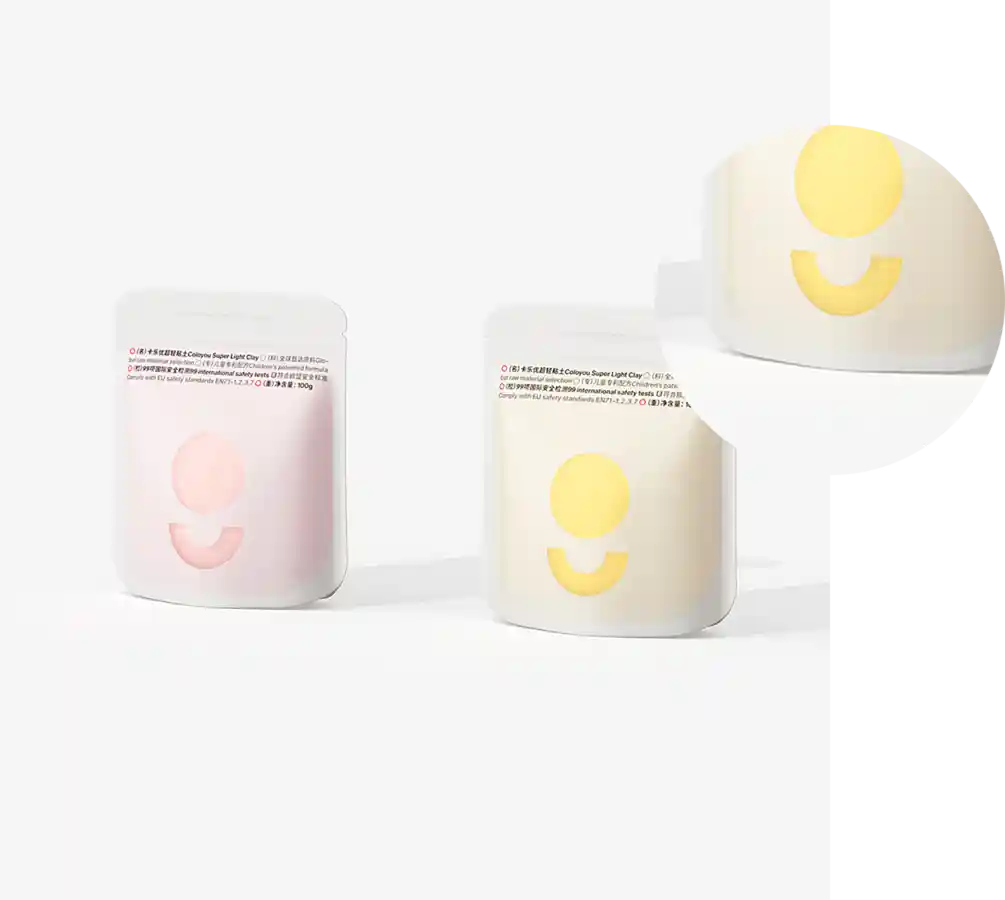- Afrikaans
- Albanian
- Amharic
- Arabic
- Armenian
- Azerbaijani
- Basque
- Belarusian
- Bengali
- Bosnian
- Bulgarian
- Catalan
- Cebuano
- chinese_simplified
- chinese_traditional
- Corsican
- Croatian
- Czech
- Danish
- Dutch
- English
- Esperanto
- Estonian
- Finnish
- French
- Frisian
- Galician
- Georgian
- German
- Greek
- Gujarati
- haitian_creole
- hausa
- hawaiian
- Hebrew
- Hindi
- Miao
- Hungarian
- Icelandic
- igbo
- Indonesian
- irish
- Italian
- Japanese
- Javanese
- Kannada
- kazakh
- Khmer
- Rwandese
- Korean
- Kurdish
- Kyrgyz
- Lao
- Latin
- Latvian
- Lithuanian
- Luxembourgish
- Macedonian
- Malgashi
- Malay
- Malayalam
- Maltese
- Maori
- Marathi
- Mongolian
- Myanmar
- Nepali
- Norwegian
- Norwegian
- Occitan
- Pashto
- Persian
- Polish
- Portuguese
- Punjabi
- Romanian
- Russian
- Samoan
- scottish-gaelic
- Serbian
- Sesotho
- Shona
- Sindhi
- Sinhala
- Slovak
- Slovenian
- Somali
- Spanish
- Sundanese
- Swahili
- Swedish
- Tagalog
- Tajik
- Tamil
- Tatar
- Telugu
- Thai
- Turkish
- Turkmen
- Ukrainian
- Urdu
- Uighur
- Uzbek
- Vietnamese
- Welsh
- Bantu
- Yiddish
- Yoruba
- Zulu
Conversion Guide from Millimeters to Microns for Accurate Measurements and Applications
Understanding the Conversion of Millimeters to Microns A Complete Guide
When discussing measurements in the fields of science and engineering, the conversion between different units is often necessary. One such conversion that is frequently encountered is that between millimeters and microns (also known as micrometers). In this article, we will explore the relationship between these two units, the significance of microns in various applications, and provide a simple guide on how to convert millimeters to microns effortlessly.
The Basics of Measurement Units
Millimeters (mm) and microns (µm) are both units of length in the metric system. A millimeter is one-thousandth of a meter (0.001 m), while a micron is one-millionth of a meter (0.000001 m). To understand their relationship more clearly, it’s essential to note that
1 millimeter = 1,000 microns
This means that if you want to convert millimeters to microns, you simply need to multiply the value in millimeters by 1,000.
For instance - If you have a measurement of 2 mm, to convert this to microns, you would calculate 2 mm × 1,000 = 2,000 microns
The Role of Microns in Science and Industry
Microns are an essential unit in various scientific and industrial contexts, especially in fields such as materials science, biology, and nanotechnology. The small size of microns makes them useful for measuring dimensions that require precision and where small variations can have significant effects.
1. In Microbiology Microns are often used to measure the sizes of microorganisms like bacteria, which typically range from about 0.5 to 5 microns in diameter. This level of granularity is crucial for scientists in understanding and studying these organisms.
millimeter to micron

2. In Material Science The thickness of films, coatings, and membranes can be measured in microns, affecting their physical properties and functionalities.
3. In Semiconductor Manufacturing The manufacturing of microchips involves processes that require components to be designed and tolerances maintained at the micron level, ensuring the reliability and performance of electronic devices.
4. In Medical Devices The production of implantable devices and surgical tools often necessitates precision in the micron range to ensure safe and effective outcomes.
Practical Applications of Conversion
Understanding how to convert millimeters to microns is particularly beneficial in practical applications across various industries. For example, engineers may need to specify tolerances in designs, while researchers may require precise measurements for experiments.
Let’s consider a few examples of conversions important in real-world situations
- A speaker's voice coil may have a diameter of 0.4 mm. To convert that into microns, you would calculate 0.4 mm × 1,000 = 400 microns
- An electronic component might have a thickness of 0.2 mm. Using the conversion 0.2 mm × 1,000 = 200 microns
Conclusion
In conclusion, the conversion between millimeters and microns is a straightforward yet crucial task in various scientific and industrial applications. With the basic understanding that one millimeter equals one thousand microns, you can easily navigate measurements relevant to your field. As technology continues to advance and the need for precision increases, the relevance of microns in our measurements only grows. Knowing how to correctly convert between these two units will not only aid in communication but also enhance accuracy in practical applications. Whether you're a scientist, engineer, or hobbyist, having a grasp of this conversion can significantly impact your work.













